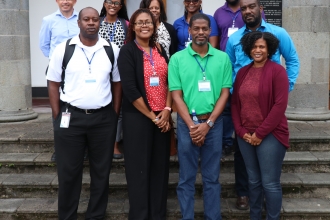Linking inequalities and ecosystem services in Latin America
Latin America exhibits one of the highest rates of biodiversity and ecosystem services (ES) loss worldwide along with a remarkable asymmetry in the access to ES benefits (ecosystem services inequality, ESI hereafter). The objective of this manuscript is to propose and validate a conceptual model to understand the links between ESI and ecosystem services supply. First, previous ES frameworks were expanded to acknowledge the role of the unequal access to ES on socio-ecological system dynamics.



